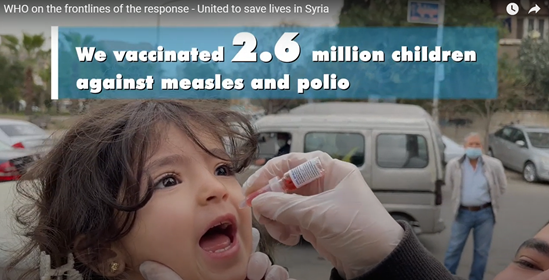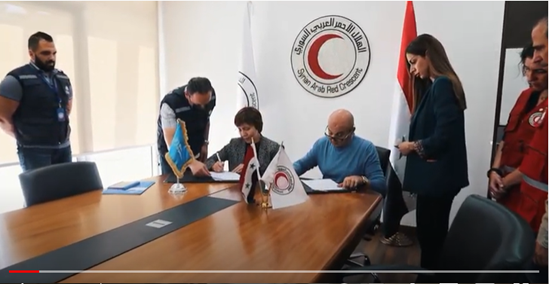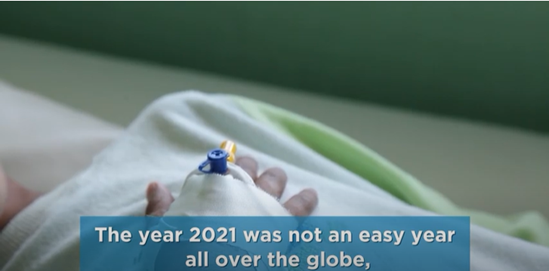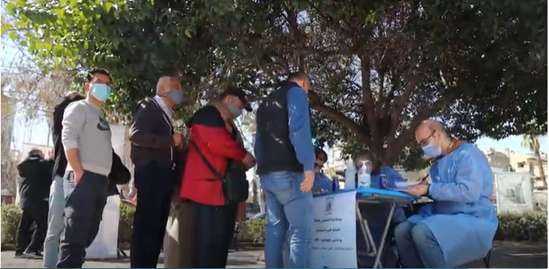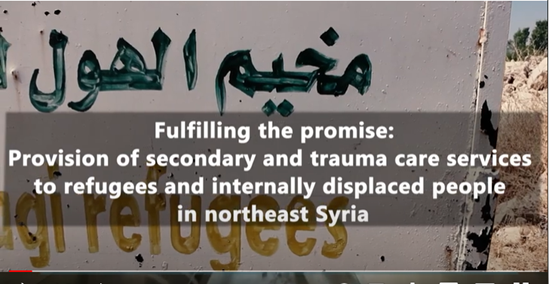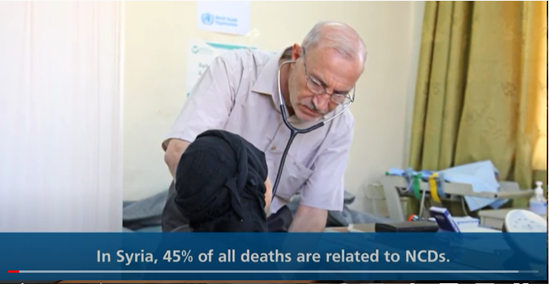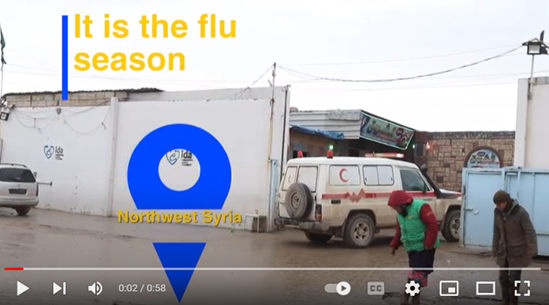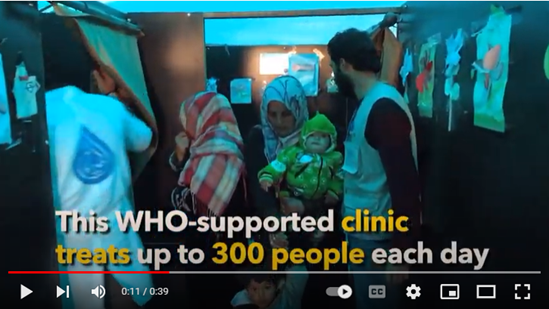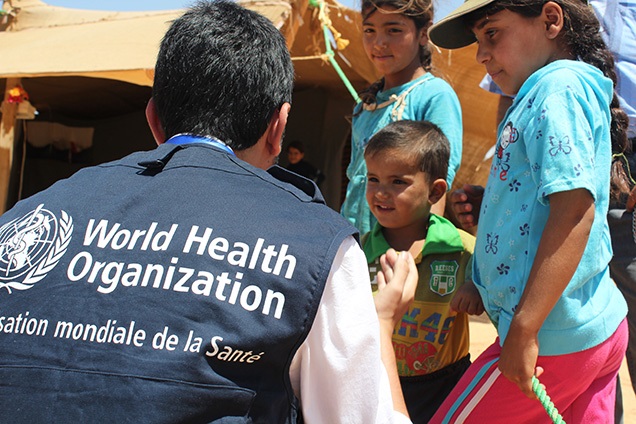

Syria crisis
Overview
Syria is experiencing a protracted political and socio-economic crisis that has resulted in a severe deterioration of living conditions. The already fragile health system is overstretched with additional strain from the COVID-19 pandemic. Nearly a quarter
of all hospitals and one third of all primary health care centres remain non-functional and unable to respond to the growing health needs.
As the crisis enters its twelfth year, 6.9 million people remain internally displaced and 5.6 million people have fled the country as refugees, the vast majority to neighbouring countries.
Over 12.2 million people are in dire need of health assistance. The essential health service infrastructure requires extensive maintenance and rehabilitation to provide a minimum level of service delivery. There is a chronic shortage of health care staff driven by displacement, death, injury, and flight of health workers, particularly in northeast Syria.
Half a million children are chronically malnourished and non-communicable diseases and epidemic-prone diseases are the most common causes of illness in Syria, especially among displaced communities, where access to safe water, sanitation and hygiene services are consistently worse than in resident and host communities.
WHO continues its lifesaving work with partners inside Syria and cross-border from its field presence in Gaziantep, Turkey to respond to urgent health needs to protect the lives of millions of vulnerable men, women and children.
News
All →Regional Office news
Key resources
Links
Strategy
All countries with a WHO office have a Country Cooperation Strategy (CCS). CCSs are flexible to align with the national health planning cycle (generally...
The Country Cooperation Strategy (CCS) is WHO’s strategic framework to guide the Organization’s work in and with a country. It responds to...
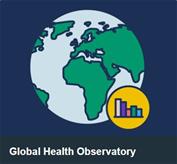
4fcf.png)
